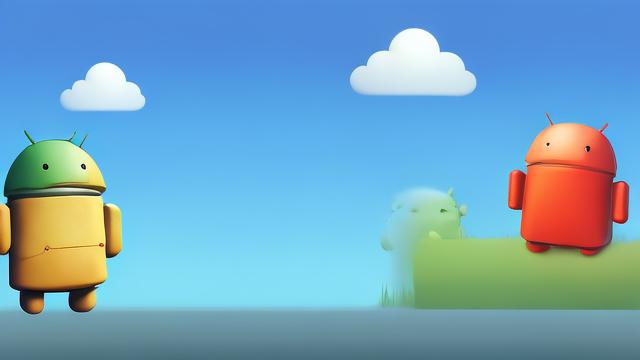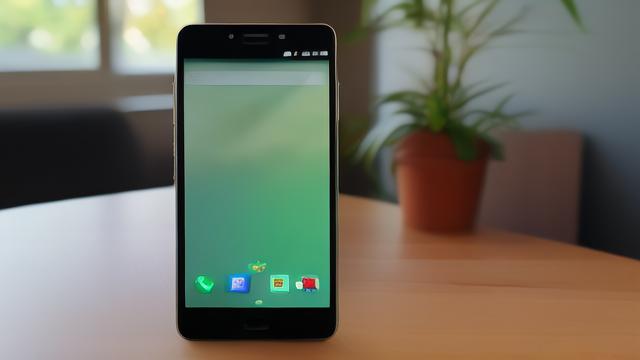当然可以,但您尚未提供任何内容。请提供一些关于Android布局实例的详细信息,以便我为您生成回答。
Android 布局实例

在Android开发中,布局是构建用户界面的基础,通过合理利用不同的布局管理器,可以实现各种复杂的UI设计,本文将详细介绍几种常见的布局方式,并通过实例代码展示其具体应用。
一、线性布局(LinearLayout)
水平排列
实现效果:
五个按钮水平排列。

XML代码:
<?xml version="1.0" encoding="utf-8"?>
<LinearLayout
xmlns:android="http://schemas.android.com/apk/res/android"
android:layout_width="match_parent"
android:layout_height="wrap_content"
android:orientation="horizontal">
<Button
android:id="@+id/button1"
android:layout_width="wrap_content"
android:layout_height="wrap_content"
android:text="Button 1" />
<Button
android:id="@+id/button2"
android:layout_width="wrap_content"
android:layout_height="wrap_content"
android:text="Button 2" />
<Button
android:id="@+id/button3"
android:layout_width="wrap_content"
android:layout_height="wrap_content"
android:text="Button 3" />
<Button
android:id="@+id/button4"
android:layout_width="wrap_content"
android:layout_height="wrap_content"
android:text="Button 4" />
<Button
android:id="@+id/button5"
android:layout_width="wrap_content"
android:layout_height="wrap_content"
android:text="Button 5" />
</LinearLayout>垂直排列
实现效果:
五个按钮垂直排列。
XML代码:
<?xml version="1.0" encoding="utf-8"?>
<LinearLayout
xmlns:android="http://schemas.android.com/apk/res/android"
android:layout_width="match_parent"
android:layout_height="match_parent"
android:orientation="vertical">
<Button
android:id="@+id/button1"
android:layout_width="wrap_content"
android:layout_height="wrap_content"
android:text="Button 1" />
<Button
android:id="@+id/button2"
android:layout_width="wrap_content"
android:layout_height="wrap_content"
android:text="Button 2" />
<Button
android:id="@+id/button3"
android:layout_width="wrap_content"
android:layout_height="wrap_content"
android:text="Button 3" />
<Button
android:id="@+id/button4"
android:layout_width="wrap_content"
android:layout_height="wrap_content"
android:text="Button 4" />
<Button
android:id="@+id/button5"
android:layout_width="wrap_content"
android:layout_height="wrap_content"
android:text="Button 5" />
</LinearLayout>权重布局
实现效果:
两个按钮按比例分配宽度,比例为2:1。
XML代码:
<?xml version="1.0" encoding="utf-8"?>
<LinearLayout
xmlns:android="http://schemas.android.com/apk/res/android"
android:layout_width="match_parent"
android:layout_height="wrap_content"
android:orientation="horizontal">
<Button
android:id="@+id/button1"
android:layout_width="0dp"
android:layout_height="wrap_content"
android:layout_weight="2"
android:text="Button 1" />
<Button
android:id="@+id/button2"
android:layout_width="0dp"
android:layout_height="wrap_content"
android:layout_weight="1"
android:text="Button 2" />
</LinearLayout>二、相对布局(RelativeLayout)
实现效果:
一个TextView居中显示,另一个TextView位于其下方。
XML代码:

<?xml version="1.0" encoding="utf-8"?>
<RelativeLayout
xmlns:android="http://schemas.android.com/apk/res/android"
android:layout_width="match_parent"
android:layout_height="match_parent">
<TextView
android:id="@+id/textView1"
android:layout_width="wrap_content"
android:layout_height="wrap_content"
android:text="TextView 1"
android:layout_centerInParent="true"/>
<TextView
android:id="@+id/textView2"
android:layout_width="wrap_content"
android:layout_height="wrap_content"
android:text="TextView 2"
android:layout_below="@id/textView1"/>
</RelativeLayout>三、帧布局(FrameLayout)
实现效果:
两个按钮重叠显示,其中一个按钮覆盖在另一个按钮之上。
XML代码:
<?xml version="1.0" encoding="utf-8"?>
<FrameLayout
xmlns:android="http://schemas.android.com/apk/res/android"
android:layout_width="match_parent"
android:layout_height="match_parent">
<Button
android:id="@+id/button1"
android:layout_width="wrap_content"
android:layout_height="wrap_content"
android:text="Button 1"/>
<Button
android:id="@+id/button2"
android:layout_width="wrap_content"
android:layout_height="wrap_content"
android:text="Button 2"/>
</FrameLayout>四、表格布局(TableLayout)
实现效果:
两行两列的表格布局,其中包含四个按钮。
XML代码:
<?xml version="1.0" encoding="utf-8"?>
<TableLayout
xmlns:android="http://schemas.android.com/apk/res/android"
android:layout_width="match_parent"
android:layout_height="match_parent">
<TableRow>
<Button android:text="Button 1"/>
<Button android:text="Button 2"/>
</TableRow>
<TableRow>
<Button android:text="Button 3"/>
<Button android:text="Button 4"/>
</TableRow>
</TableLayout>五、绝对布局(AbsoluteLayout)
实现效果:
两个文本视图按照指定的x和y坐标位置显示。
XML代码:
<?xml version="1.0" encoding="utf-8"?>
<AbsoluteLayout
xmlns:android="http://schemas.android.com/apk/res/android"
android:layout_width="match_parent"
android:layout_height="match_parent">
<!--Creating a text view for heading on below line-->
<TextView android:layout_width="wrap_content"
android:layout_height="wrap_content"
android:layout_x="90dp" android:layout_y="350dp" android:text="Heading in AbsoluteLayout" android:textColor="#FF0000" android:textSize="20sp"/>
<!-creating a text view for sub heading on below line-->
<TextView android:layout_width="wrap_content" android:layout_height="wrap_content" android:layout_x="150dp" android:layout_y="400dp" android:text="Sub Heading in AbsoluteLayout" android:textColor="#00FF00" android:textSize="18sp"/></AbsoluteLayout>以上就是关于“android布局实例”的问题,朋友们可以点击主页了解更多内容,希望可以够帮助大家!